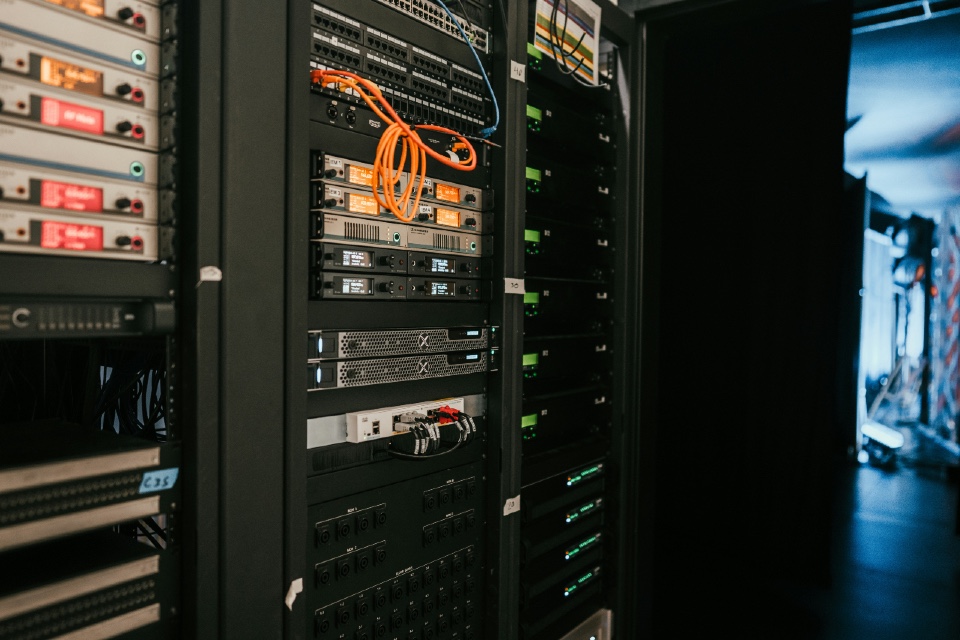Cybersecurity isn’t just the responsibility of IT teams – it’s now a boardroom issue. As cyber risk becomes increasingly central to business continuity and regulatory scrutiny as recent attacks have demonstrated, senior leaders and stakeholders need to understand the evolving threat landscape in language they can act on. For many organisations, the solution lies in user-centric threat dashboards – not just for analysts, but for executives…
Traditionally, threat dashboards have been built by and for security operations centres (SOCs), presenting dense, technical data for incident response teams. But this technical complexity can become a barrier when key insights must be communicated to non-technical audiences such as CFOs, CEOs, or board members. In response, cybersecurity leaders are adopting customisable, role-based dashboards that translate technical metrics into business-relevant risk indicators.
The most effective dashboards now visualise threats in terms of impact, priority, and risk to critical assets, rather than relying on jargon-heavy logs or abstract risk scores. For example, instead of listing endpoints affected by a specific malware strain, an executive-level dashboard might highlight how a threat could disrupt customer-facing services, trigger financial penalties under GDPR, or delay key operational timelines.
Vendors are responding with increasingly sophisticated dashboard platforms that allow users to filter and segment data based on function—security, compliance, risk, or business impact. These platforms often include pre-built executive summary views with indicators such as “Top 5 Threat Vectors by Business Risk”, “Patching Gaps on High-Value Assets”, or “Live Compliance Posture vs. ISO/IEC 27001 Benchmarks”.
Data storytelling is also becoming a key feature. Dashboards can now highlight threat trends over time, support incident root cause analysis, and flag where historical vulnerabilities or behaviours correlate with present-day threats. Combined with AI-driven prioritisation, these tools empower CISOs to present narratives around risk, not just data points—helping justify investment in tools, training, and response capabilities.
Real-time collaboration is another area of innovation. Many platforms now include exportable reports or shared live views that can be delivered in board packs or used during cross-functional crisis simulations. Some solutions even support interactive “what-if” modelling, allowing senior stakeholders to explore the potential impact of delayed patching or investment in new controls.
In short, dashboards are no longer just back-end tools—they’re becoming front-line communication assets. For cybersecurity leaders, designing dashboards that speak the language of the business is essential to building trust, securing buy-in, and aligning cyber strategy with organisational goals. In an era where cyber risk is business risk, clarity is as valuable as capability.
Are you searching for Advanced Threat Dashboard solutions for your organisation? The Cyber Secure Forum can help!
Photo by Memento Media on Unsplash





